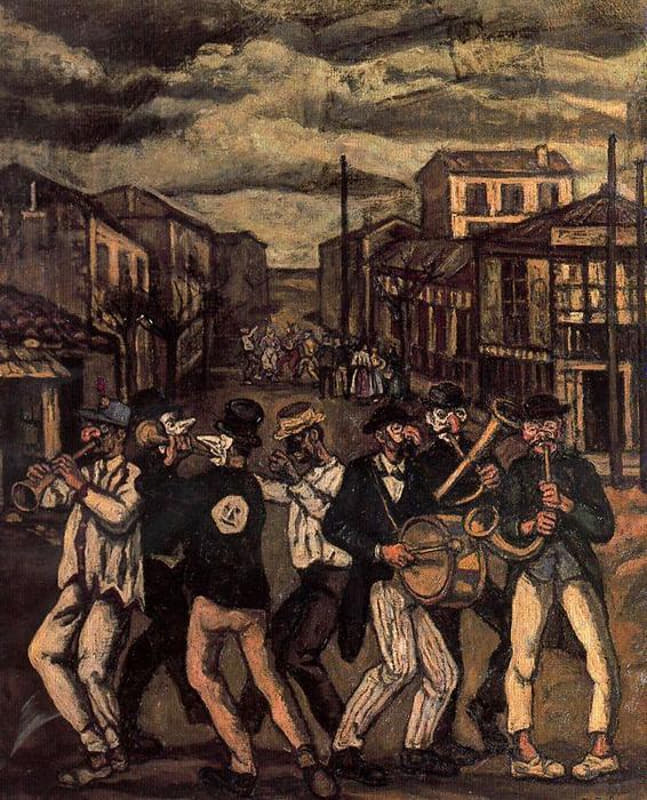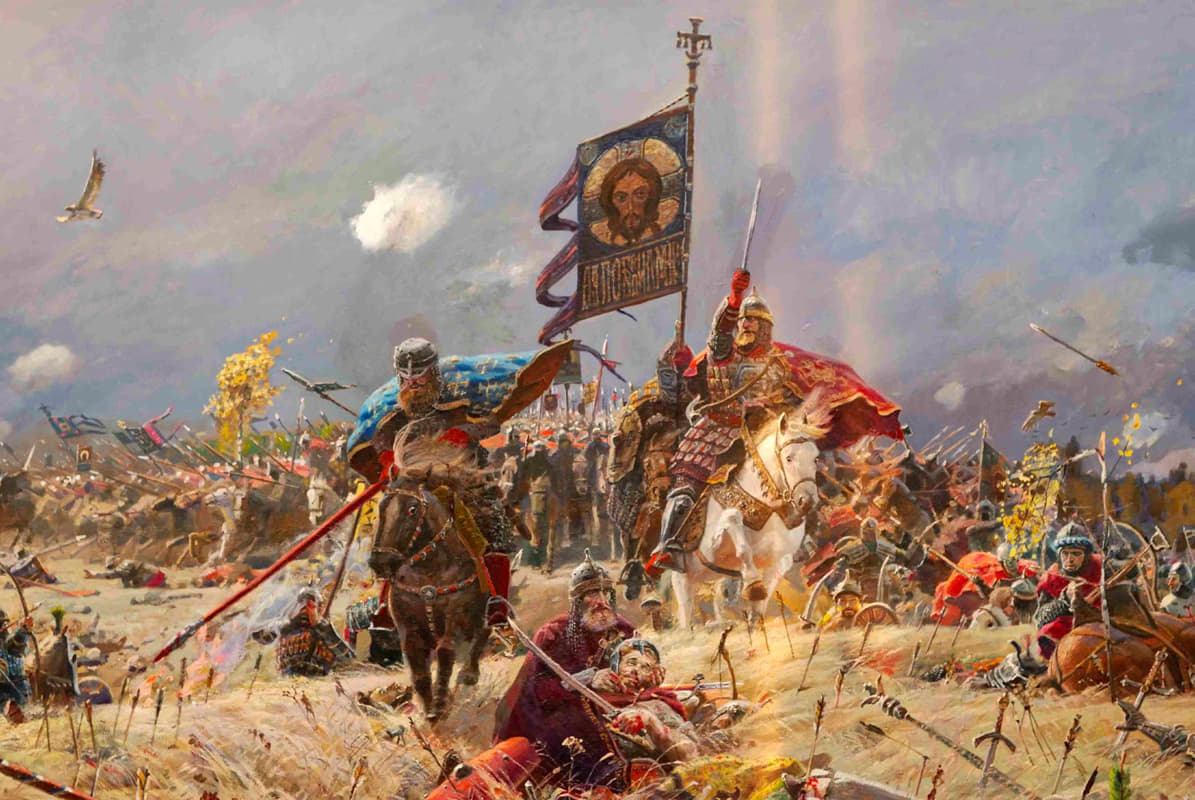The experts repeatedly emphasize that Russia is isolated, which, if true, would not be the first time this has happened in its history. But, looking at reality closely, this Robinsonian Russian isolation is very peculiar because Russia’s ostracism is alleviated by China and North Korea; Iran and Syria; India, South Africa and Brazil; Niger, Burkina Faso and Mali; Serbia and Belarus; Cuba, Venezuela and Nicaragua; Libya, Yemen and Algeria; not to mention its less committed partners, such as Saudi Arabia, Egypt, fickle Turkey, Indonesia or Kazakhstan. And I am sure I am leaving out many others. The clever policy of Biden and his European puppets has succeeded in forming a bloc between Moscow and Beijing that has served as a pole of attraction for all the nations that want to free themselves from the Anglo-Saxon noose. It seems incredible that the liberal hierarchs have forgotten Kissinger’s intelligent policy of confronting the two decisive powers of the Eurasian Heartland, the abc of strategy and diplomacy. Does this not enter the manuals of gender, resistant, matriarchal and animalistic Geopolitics?
During my last stay in “isolated” Moscow, I had the good fortune to talk to people from all corners of the wide world, from Tanzania to El Salvador, passing through Indonesia. I was especially interested in the opinion of my African colleagues, protagonists of one of the most important geopolitical changes of the last decade: the disappearance of French influence in the Sahel, which occurred when Paris exhausted the patience of the military of those States, who realized that the Islamist threat from which Paris had come to protect them was financed by their alleged protector, who took advantage of the occasion to take the uranium of the area at a bargain price. The succession of African revolutions in recent years was not sought by the Kremlin; Russia came to the Sahel at the request of states that needed to protect themselves both from France and from the various Islamist organizations in cahoots with Paris and Qatar.
Central Africa, Mali, Burkina Faso, Niger, and now Togo and Senegal, have “resized” France to its rightful position: a second-rate world power and a colony of the Anglo-Saxons, those faithful allies who did not lift a finger to help Macron, the architect of the French decline in the Sahel. The Russian flag in Africa is a sign of liberation from that of NATO which destroyed the Libyan state and has only brought instability to the region. Moreover, Russia and China treat African countries as partners and equals: they offer works and projects instead of credits and financial “aid.” If, for example, Beijing needs cobalt from an African country, it offers infrastructure, consumer goods or whatever it needs in exchange. All this, using as few dollars as possible, the main colonial instrument of our era. Hence the enormous sympathy of all the Africans I met, for Russia and China. They, who were colonized, know what is at stake. And they are very clear about it—Europe is now the colonial and colonized space.
A common feeling for many of us who have spent this time in Russia is that there was a certain parallelism between us and the revolutionaries from all over the world who came to Moscow to see how the Soviet revolution was evolving. Something new was brewing in Moscow and it had to be known. But now this revolution has no dogmas, no infallible methods, no Komintern, not even the slightest ideological cohesion, except for the profound repulsion we all felt for globalist liberalism. Without doctrine or propaganda, this profound historical movement is not even aware of its revolutionary character, possibly because it is a radical and definitive change that does not obey a political movement stuffed with ideology, but a reaction of the peoples and states worthy of the name against the global elites, against the appropriation of sovereignty by the large consortiums. It is the refusal of the most conscious part of the planet to become an aggregate of production and consumption units without God, family or homeland; the refusal to degrade nations into a horde that is brutalized and animalized by false rights while it loses social, economic and political power to plutocracies.
Something is moving in Russia that endangers almost three hundred years of Anglo-Saxon financial and colonial capitalist domination. A revolution is beginning in the world that neither Marx nor Lenin had imagined. A colossal struggle for world power between the global oligarchies and the sovereign states.
Sertorio lives, writes and thinks in Spain. this review comes through the kind courtesy of El Manifiesto.







